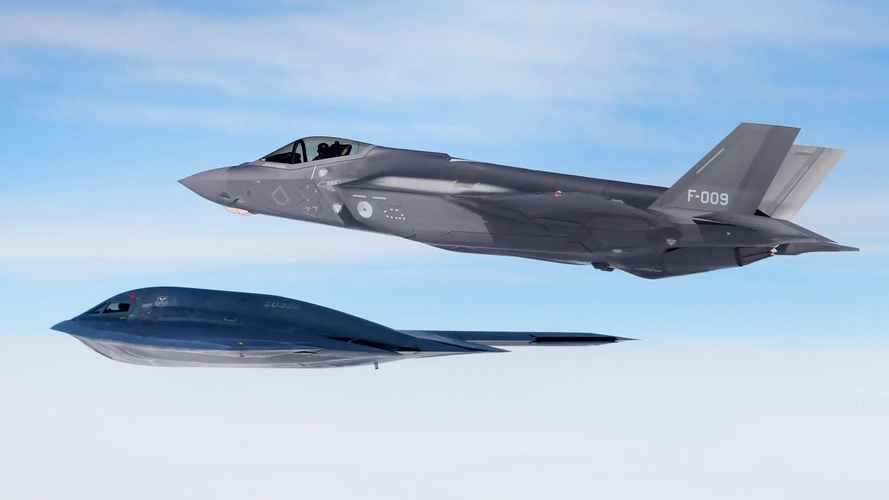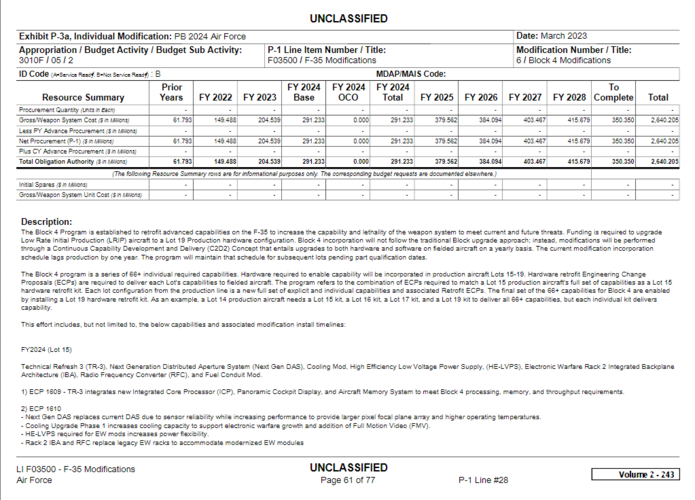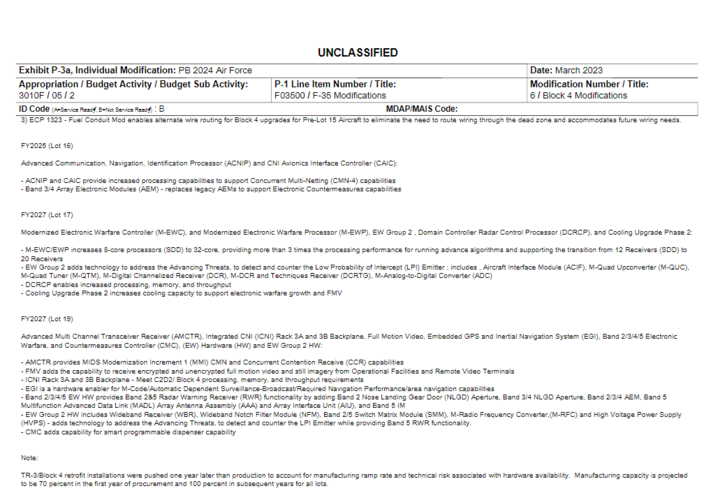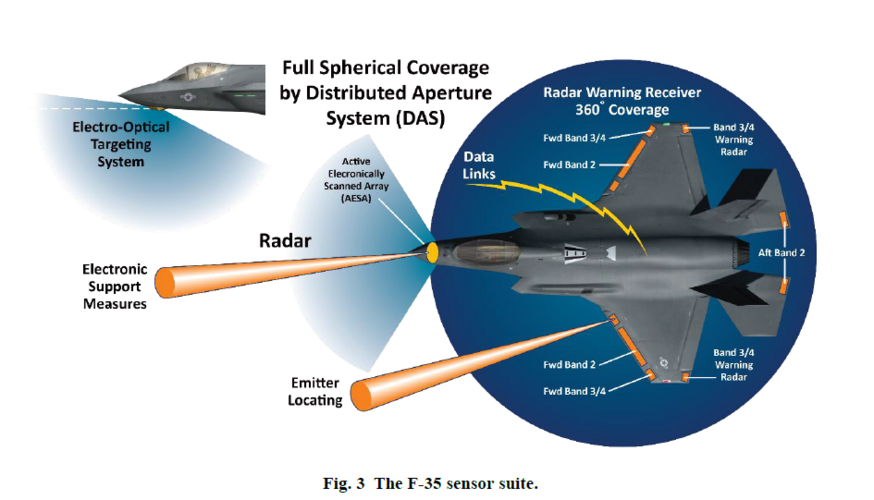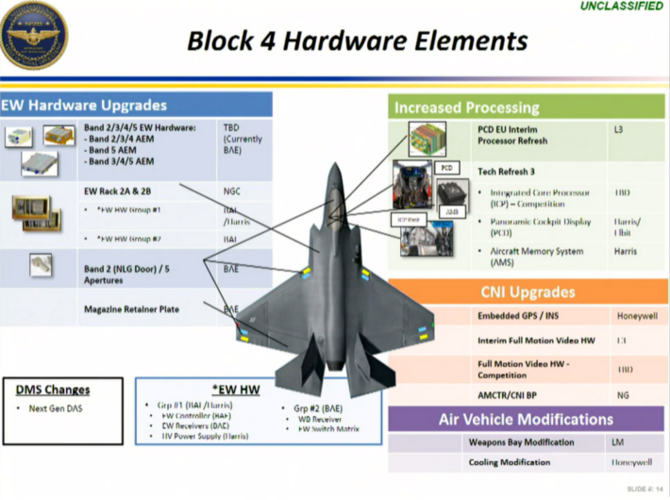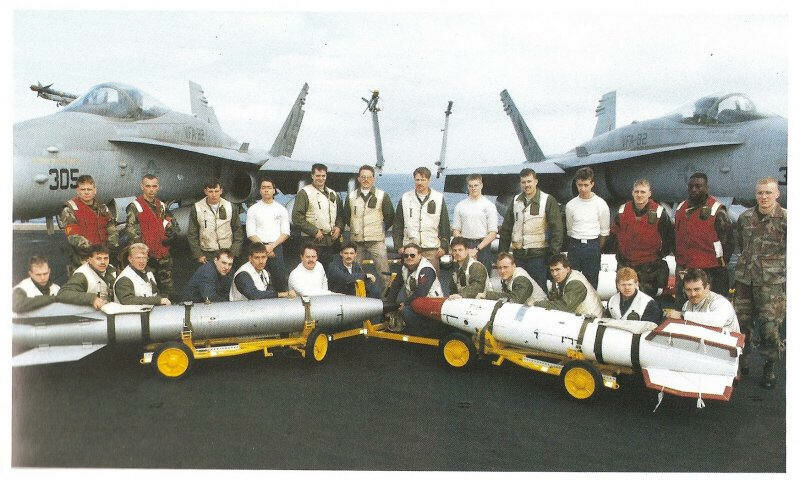The USMC has had "special stores" capable aircraft since the 1950s.
The F9F-8B Cougar was a specialty "special stores" capable aircraft that served with the USMC from ~1957 - the mid-1960s.
The FJ-4B Fury was a ground attack version of the FJ-4, equipped with the Low Altitude Bombing System (LABS), and was capable of carrying a nuclear weapon on the left middle wing station (#2).
The FJ-4B served with Naval Attack Squadrons ..... and with Marine Attack Squadrons VMA-212, VMA-214, and VMA-223, all with the Pacific Fleet.
222 FJ-4Bs were delivered between December 1956 and May 1958.
The USMC operated the FJ-4B from 1957 to the mid 1960s.
ALL models of the A-4 Skyhawk were "special stores" capable except for the TA-4F & TA-4J. The USMC flew A-4s from January 1957-1994.
The "special stores" capable models of the A-6 Intruder were the A-6A/C/E. The EA-6A, EA-6B, A-6B, and KA-6D were not. The USMC flew the A-6A/E from 1964 to April 1993.
The F-4B/J/N/S Phantoms were "special stores" capable (as well as the F-4C/D/E). The USMC operated the F-4B/J/N/S from June 1962 - January 1992.
As mentioned earlier, the F/A-18A/B/C/D models were all "special stores" capable. The USMC began operating them in January 1983, and they are still in active USMC service.
Depending on how the state of US-Russia and US-PRC relations are in the near future, the USMC & USN may well modify their F-35s to be "special stores" capable (probably an assembly line change, with retrofit being performed on earlier production examples as they go through rework periods.
?


